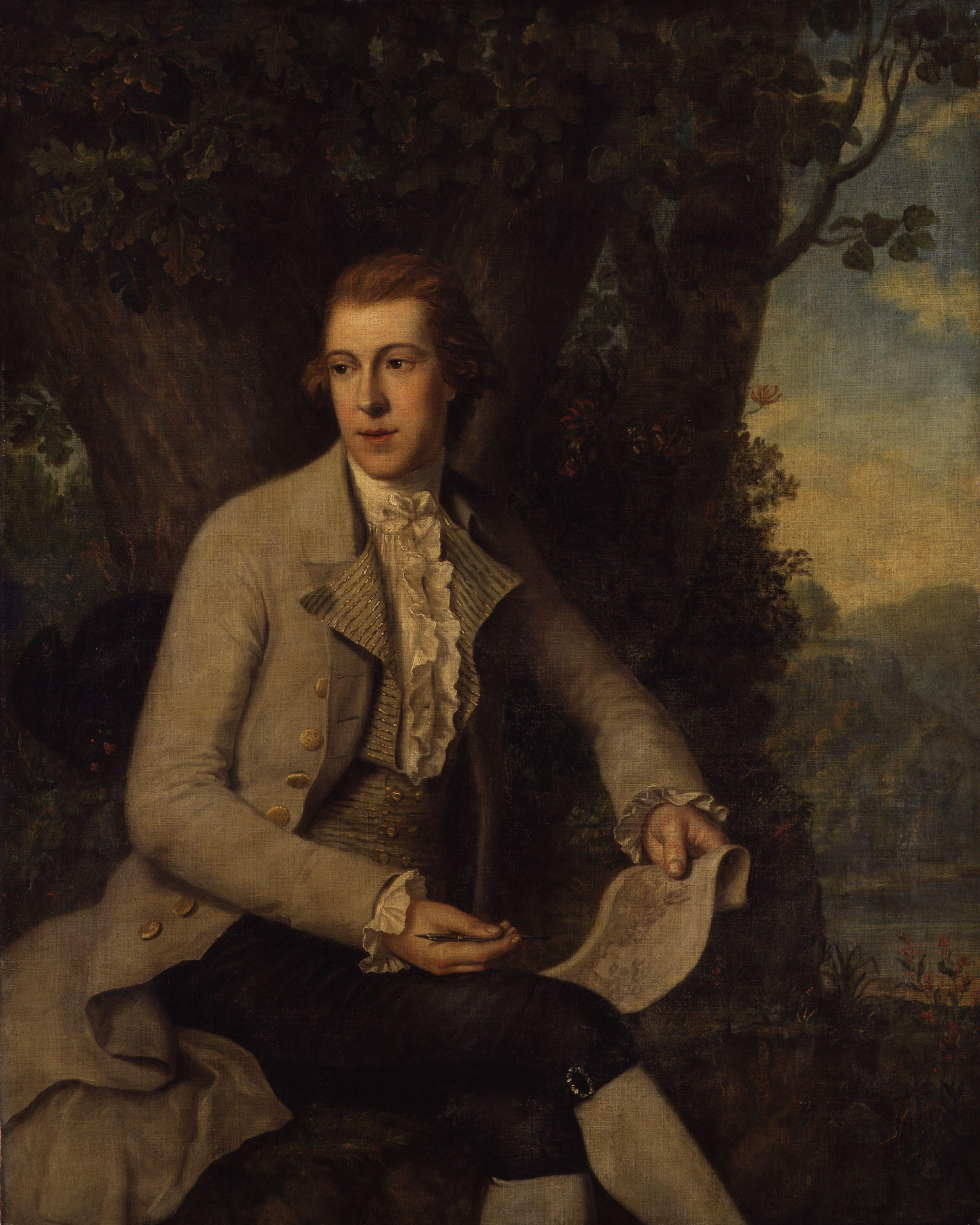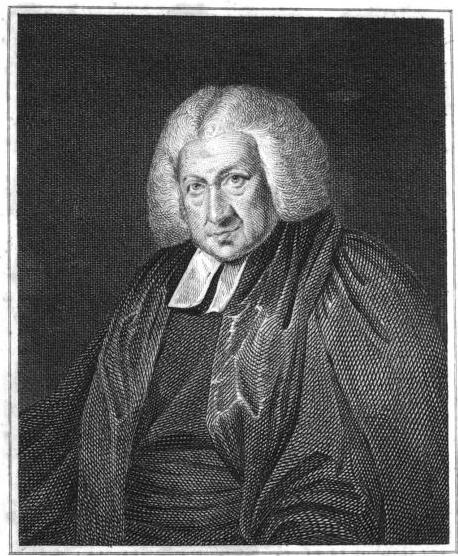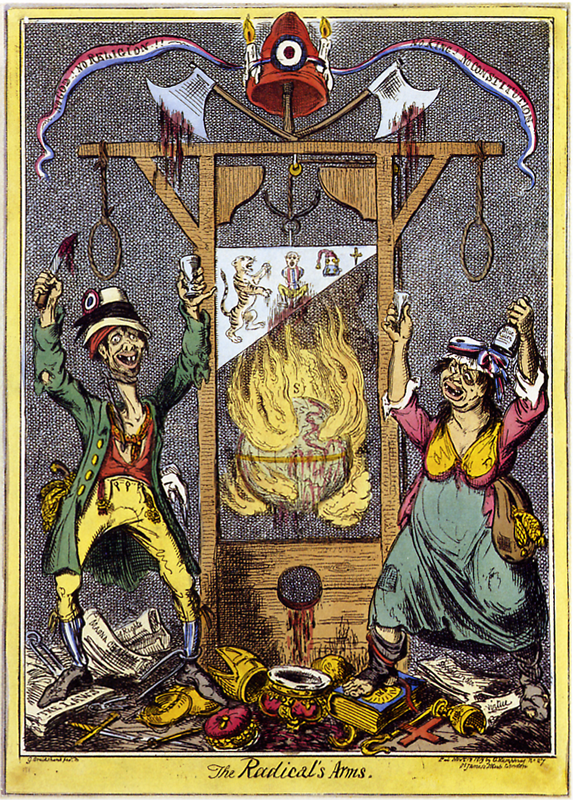|
Collective 18th-century Biographies Of Literary Women
During the eighteenth century, there were several attempts to describe a " women's literary tradition." This table compares six eighteenth-century collections of notable women: George Ballard's ''Memoirs of several ladies of Great Britain'' (1752), John Duncombe's ''The Feminead'' (1754), the ''Biographium Faemineum'' (Anon., 1766), Mary Scott's ''The Female Advocate'' (1775), Richard Polwhele's ''The Unsex'd Females'' (1798), and Mary Hay's '' Female Biography'' (1803). Collective 18th-century biographies of literary women As the focus of this chart is British literary figures, broadly defined, two of the texts have been treated selectively because of their wider range. Three of these texts are collective biographies, while three of them are more pointed political interventions in contemporary debates about women's roles. Three are poems and three are dictionaries, but they all list, and comment on, literary women and their accomplishments. NB: In the columns, readers can f ... [...More Info...] [...Related Items...] OR: [Wikipedia] [Google] [Baidu] |
Richard Samuel
Richard Samuel ( fl. 1770–1786) was an English portrait painter who won several prestigious medals in the 1770s in London. He is known for a small number of paintings including what came to be known as ''The Nine Living Muses of Great Britain'' of 1778 in which he painted the nine leading blue stocking women of his time. Early life The parents, childhood and artistic training of Richard Samuel are not known.L. H. Cust, 'Samuel, Richard (d. 1787)', rev. Tina Fiske, ''Oxford Dictionary of National Biography'', Oxford University Press, 200accessed 26 Feb 2010/ref> Career Samuel came to notice when he twice won the prestigious award from the Society of Artists for the best historical drawing. He had entered the Royal Academy's schools in 1770. Later he was given money for creating an improvement in the techniques for applying mezzotint grounds, although strangely there are no surviving examples of Samuel's art that use this technique. His work consisted of conversation pieces, ... [...More Info...] [...Related Items...] OR: [Wikipedia] [Google] [Baidu] |
The Feminead
John Duncombe (1729-1786) published his "canon-forming" celebration of British women writers as ''The Feminiad'' in 1754, though the title was revised as ''The Feminead'' in the second, 1757 edition. The argument The piece is an essay in verse, a form popular in the eighteenth century, consisting of 380 lines of heroic couplets. Duncombe argues that women "shine, / In mind and person equally divine" and urges his readers to resist the "undisputed reign" of "Prejudice" and instead "sing the glories of a sister-choir." He appeals to his readers' sense of nationalism by contrasting "free-born" "British nymphs" to a stereotypical image of women in a "Seraglio," and situates his subjects in a cultural lineage stemming from classical Greece and Rome. Duncombe takes care to clarify that his support of women artists only extends to those who continue to fulfill their assigned feminine roles and suggests that the pursuit of art and culture might keep women away from more frivolous pursuit ... [...More Info...] [...Related Items...] OR: [Wikipedia] [Google] [Baidu] |
Mary Astell
Mary Astell (12 November 1666 – 11 May 1731) was an English protofeminist writer, philosopher, and rhetorician. Her advocacy of equal educational opportunities for women has earned her the title "the first English feminist."Batchelor, Jennie,Mary Astell. ''The Literary Encyclopedia''. 21 March 2002. Accessed 6 July 2008. Early life Few records of Mary Astell's life have survived. As biographer Ruth Perry explains: "as a woman she had little or no business in the world of commerce, politics, or law. She was born, she died; she owned a small house for some years; she kept a bank account; she helped to open a charity school in Chelsea: these facts the public listings can supply." Only four of her letters were saved and these because they had been written to important men of the period. Researching the biography, Perry uncovered more letters and manuscript fragments, but she notes that if Astell had not written to wealthy aristocrats who could afford to pass down entire estate ... [...More Info...] [...Related Items...] OR: [Wikipedia] [Google] [Baidu] |
Anne Askew
Anne Askew (sometimes spelled Ayscough or Ascue) married name Anne Kyme, (152116 July 1546) was an English writer, poet, and Anabaptist preacher who was condemned as a heretic during the reign of Henry VIII of England. She and Margaret Cheyne are the only women on record known to have been both tortured in the Tower of London and burnt at the stake. She is also one of the earliest known female poets to compose in the English language. Biography Anne Askew was born in 1521 in Lincolnshire, England, to Sir William Askew, a wealthy landowner, and Elizabeth Wrotessley, of Reading, Berkshire. Her father was a gentleman in the court of King Henry VIII, as well as a juror in the trial of Anne Boleyn's co-accused. She was the fourth of five children, which included her brothers Francis, Edward and sisters Martha and Jane. She also had two stepbrothers, Christopher and Thomas, by her father's second wife Elizabeth Hutton. She was also related to Robert Aske, who led the Pilgri ... [...More Info...] [...Related Items...] OR: [Wikipedia] [Google] [Baidu] |
Margaret Ascham
Margaret Ascham (''nee'' Harleston; – ), was a sixteenth century English writer. Margaret was the daughter of Sir Clement Harleston. She was married to the humanist writer Roger Ascham, who was tutor to the young Elizabeth I. Margaret was born in South Ockendon, Essex. She first married a man named Howe, who died about 1552. She then married Roger Ascham in 1554. They had at least three sons, Giles, Dudley and Thomas (or Sturmius by another account), but may have had as many as six children together. One child, a son, was lost in his infancy during the early years of their marriage. Roger was considerably older than Margaret and of ill health. He died in 1568, leaving behind his unfinished manuscript ''The Scholemaster''. Margaret then took it upon herself to complete the manuscript and prepare it for publishing. She raised the funds and the book was successfully published in 1570. ''The Scholemaster'' is a treatise on the correct way to teach Latin composition, and al ... [...More Info...] [...Related Items...] OR: [Wikipedia] [Google] [Baidu] |
Mary Arundell (courtier)
Mary Arundell, Countess of Arundel (died 20 or 21 October 1557), was an English courtier. She was the only child of Sir John Arundell (1474 – 1545) of Lanherne, Cornwall, by his second wife, Katherine Grenville. She was a gentlewoman at court in the reign of King Henry VIII, serving two of Henry VIII's Queens, and the King's daughter, Princess Mary. She was traditionally believed to have been "the erudite Mary Arundell", the supposed translator of verses now known to have been the work of her stepdaughter, Mary FitzAlan, later the first wife of Thomas Howard, 4th Duke of Norfolk. Family Mary Arundell was the only child of Sir John Arundell (c.1474 – 8 February 1545) of Lanherne, Cornwall, and his second wife, Katherine Grenville (born 1489–93), a daughter of Sir Thomas Grenville (d. 1513). Mary Arundell's father, Sir John Arundell (d. 1545), was the son and heir of Sir Thomas Arundell (c. 1452–1485) (who after the defeat of King Richard III at the Battle of Bosw ... [...More Info...] [...Related Items...] OR: [Wikipedia] [Google] [Baidu] |
Mary Armine
Lady Mary Armine, Airmine or Armyne (née Talbot) (died 6 March 1676), was a learned English gentlewoman and benefactor.Dates are in the Julian calendar with 1 January as the start of year (see Old Style and New Style dates) Mary was the daughter of Henry Talbot, fourth son of George Talbot, 6th Earl of Shrewsbury. Her first husband was Thomas Holcroft, Esq.; her second was Sir William Armyne, baronet, of Osgodby, Lincolnshire. Lady Mary's accomplishments included a good knowledge of French and Latin, and wide reading in divinity and history. Her business capacity is applauded at length by her biographer, and her personal beauty and activity, which characterised her old age no less remarkably than her youth, were frequently commented on by her contemporaries. She devoted her wealth to many charitable objects. At the time of the " ejection of the two thousand ministers on the fatal Bartholomew day" (1662) she gave £500 "to Mr. Edm. Calamy, to be distributed among the most indi ... [...More Info...] [...Related Items...] OR: [Wikipedia] [Google] [Baidu] |
Catherine Of Aragon
Catherine of Aragon (also spelt as Katherine, ; 16 December 1485 – 7 January 1536) was Queen of England as the first wife of King Henry VIII from their marriage on 11 June 1509 until their annulment on 23 May 1533. She was previously Princess of Wales as the wife of Henry's elder brother, Arthur, Prince of Wales. The daughter of Isabella I of Castile and Ferdinand II of Aragon, Catherine was three years old when she was betrothed to Prince Arthur, heir apparent to the English throne. They married in 1501, but Arthur died five months later. Catherine spent years in limbo, and during this time, she held the position of ambassador of the Aragonese crown to England in 1507, the first known female ambassador in European history. She married Arthur's younger brother, the recently ascended Henry VIII, in 1509. For six months in 1513, she served as regent of England while Henry VIII was in France. During that time the English crushed and defeated a Scottish invasion at ... [...More Info...] [...Related Items...] OR: [Wikipedia] [Google] [Baidu] |
Thomas Seward
Thomas Seward (1708 – 4 March 1790) was an English Anglican clergyman, author and editor who was part of the Lichfield intellectual circle that included Samuel Johnson, Erasmus Darwin and his own daughter Anna Seward, amongst others. Life Thomas Seward was the son of John Seward of Badsey, Worcestershire. He married Elizabeth, daughter of the Rev. John Hunter, headmaster of Lichfield grammar school, and was the father of Anna Seward the author. Education and career He was admitted a foundation scholar of Westminster school in 1723. He was elected by the school to scholarships at Christ Church, Oxford, and Trinity College, Cambridge in 1727; but after his rejection by both universities he became a pensioner of St John's College, Cambridge, where he graduated B.A. in 1730 and M.A. in 1734. Seward became travelling tutor to Lord Charles FitzRoy, third son of Charles FitzRoy, 2nd Duke of Grafton, who died while on the tour in Italy in 1739. The Duke promised some preferm ... [...More Info...] [...Related Items...] OR: [Wikipedia] [Google] [Baidu] |
List Of Women In Female Biography
Female biography was identified and named by Mary Hays (1759–1843) as a discrete empirical category of knowledge production and analysis while researching figures for the first Enlightenment prosopography of women, ''Female Biography; Or, memoirs of Illustrious and Celebrated Women, of all Ages and Countries'' (R. Phillips, 1803) in six volumes. The first American edition came in 1807, arranged as three volumes and with minor typographical corrections (Birch & Small, Philadelphia). A new version of the encyclopedia was published again in six volumes in 2013 and 2014, as part of The Chawton House Library Series ''Memoirs of Women Writers'' (Part II: volumes 5–7; Part III, volumes 8–10; Pickering & Chatto, London). The Chawton House Library Edition (or CHLE) was edited by Gina Luria Walker, produced by a collaborative of contemporary scholars representing over 100 institutions in 18 countries and four continents, and contains new annotations and research that contextualize Hay ... [...More Info...] [...Related Items...] OR: [Wikipedia] [Google] [Baidu] |
Mary Hays
Mary Hays (1759–1843) was an autodidact intellectual who published essays, poetry, novels and several works on famous (and infamous) women. She is remembered for her early feminism, and her close relations to dissenting and radical thinkers of her time including Robert Robinson (Baptist), Robert Robinson, Mary Wollstonecraft, William Godwin and William Frend (reformer), William Frend. She was born in 1759, into a family of Protestant dissenters who rejected the practices of the Church of England (the established church). Hays was described by those who disliked her as 'the baldest disciple of [Mary] Wollstonecraft' by ''The Anti Jacobin Magazine'', attacked as an 'unsex'd female' by clergyman Robert Polwhele, and provoked controversy through her long life with her rebellious writings. When Hays's fiancé John Eccles died on the eve of their marriage, Hays expected to die of grief herself. But this apparent tragedy meant that she escaped an ordinary future as wife and mother, ... [...More Info...] [...Related Items...] OR: [Wikipedia] [Google] [Baidu] |
The Unsex'd Females
''The Unsex'd Females, a Poem'' (1798), by Richard Polwhele, is a polemical intervention into the public debates over the role of women at the end of the 18th century. The poem is primarily concerned with what Polwhele characterizes as the encroachment of radical French political and philosophical ideas into British society, particularly those associated with the Enlightenment. These subjects come together, for Polwhele, in the revolutionary figure of Mary Wollstonecraft. The poem is of interest to those interested in the history of women, as well as revolutionary politics, and is an example of the British backlash against the ideals of the French Revolution; it is representative of the strategic conflation of women writers with revolutionary ideals during this period; and it helps illuminate the obstacles faced by women writers at the end of the 18th century. Historical context Responding to women authors according to presumptions about their sexuality has a long history; a comp ... [...More Info...] [...Related Items...] OR: [Wikipedia] [Google] [Baidu] |







